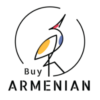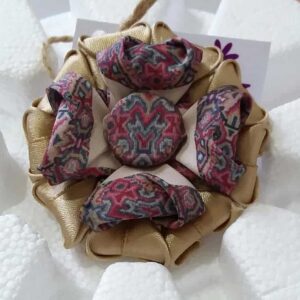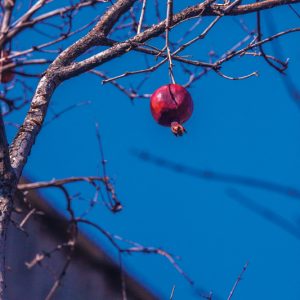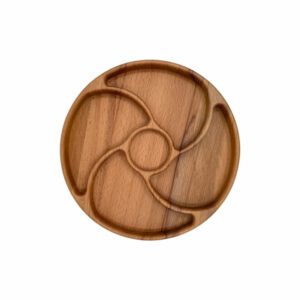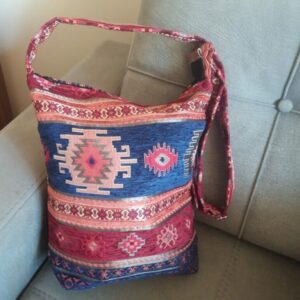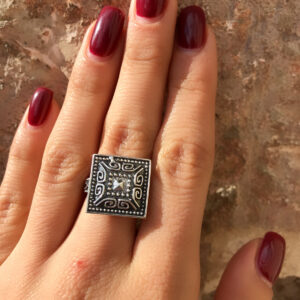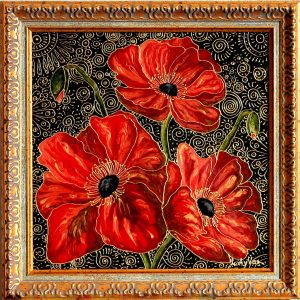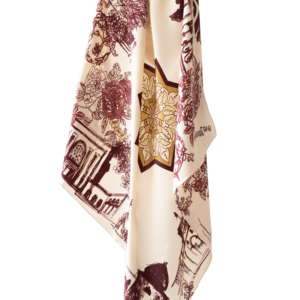-
“Armenian Ornaments” Brooch
This brooch is made with Armenian national ornaments, created by Arpi Avdalyan.
$12.00“Armenian Ornaments” Brooch
$12.00 -
“Butterfly” Silver Brooch
Silver 925 filigree handmade brooch ,the weight is 15,75 gram.
The height is 4 cm,the width is 5,5 cm$98.00“Butterfly” Silver Brooch
$98.00 -
Large Silver Gold-Plated Disc Ring
Versatile and timeless, this ring can be worn alone for a minimalist look or paired with other pieces for a more layered style. It’s the perfect accessory to complement any outfit, offering sophistication and charm.Estimated Shipping Time: 4-7 business days$130.00$170.00Buy 2 to get 5% discountLarge Silver Gold-Plated Disc Ring
$130.00$170.00Buy 2 to get 5% discount -
In the spotlight. Photo print.
In the spotlight. Photo print on canvas or photopaper.
$30.00 – $200.00In the spotlight. Photo print.
$30.00 – $200.00 -
Separating Platter
This separating platter is made of wood of beech -tree.
$27.00Separating Platter
$27.00 -
-
“Armenian Carpet” Handmade Bag
This bag is handmade, embroidered, knitted; each bag has its own unique design and color depending on the type.
$59.00 -
-
Armenian ring sterling silver 925 handmade ring adjustable ring Best Armenian jewellery
Armenian handmade
$52.00$68.00 -
Leather Notebook Case
Product Description
Polished and edge finished by hand.
Pattern: Laser engravement
Sizes: 21×14,5 cm / 8,3×5,7 inches
N of pages: 140
Style of pages: bullet
Format of the notebook: A5$85.00$108.00Leather Notebook Case
$85.00$108.00 -
“Yerevan Love” Scarf
Inspired by the city of Yerevan and the love each and every Armenian feels for the city.
The history of Yerevan dates back to the 8th century BCE, with the founding of the fortress of Erebuni in 782 BCE by King Argishti I at the western extreme of the Ararat plain. Erebuni was “designed as a great administrative and religious centre, a fully royal capital.” By the late ancient Armenian Kingdom, new capital cities were established and Yerevan declined in importance. Under Iranian and Russian rule, it was the center of the Erivan Khanate from 1736 to 1828 and the Erivan Governorate from 1850 to 1917, respectively. After World War I, Yerevan became the capital of the First Republic of Armenia as thousands of survivors of the Armenian genocide in the Ottoman Empire arrived in the area. The city expanded rapidly during the 20th century as Armenia became part of the Soviet Union. In a few decades, Yerevan was transformed from a provincial town within the Russian Empire to Armenia’s principal cultural, artistic, and industrial center, as well as becoming the seat of national government.
With the growth of the Armenian economy, Yerevan has undergone major transformation. Much construction has been done throughout the city since the early 2000s, and retail outlets such as restaurants, shops, and street cafés, which were rare during Soviet times, have multiplied. As of 2011, the population of Yerevan was 1,060,138, just over 35% of Armenia’s total population. According to the official estimate of 2016, the current population of the city is 1,073,700. Yerevan was named the 2012 World Book Capital by UNESCO.[28] Yerevan is an associate member of Eurocities.$110.00
